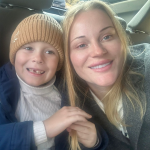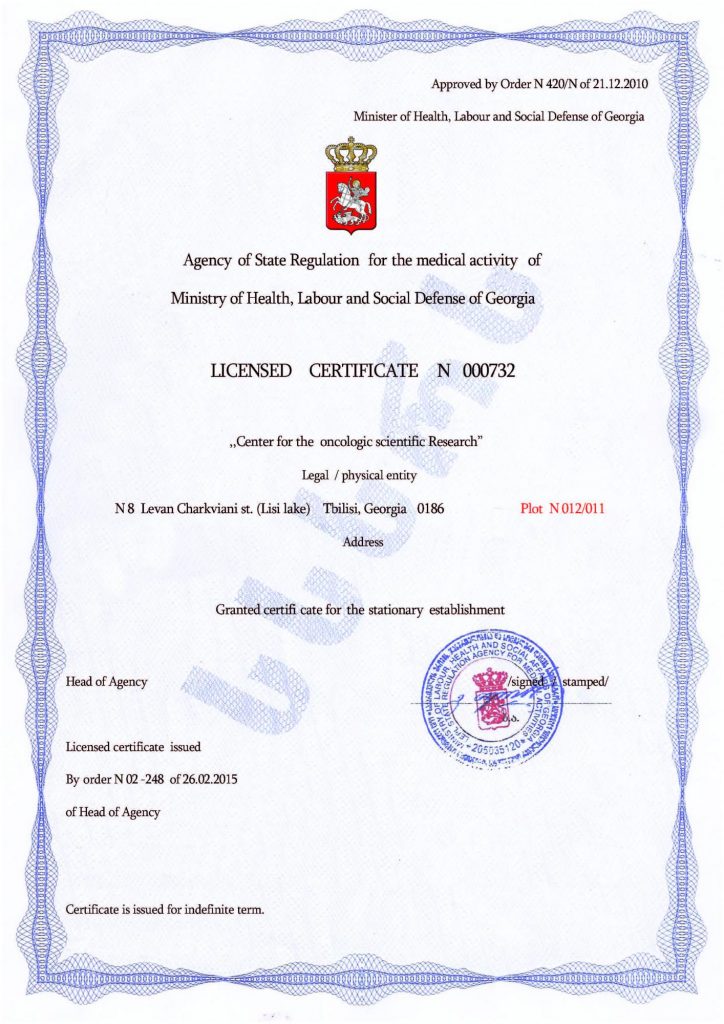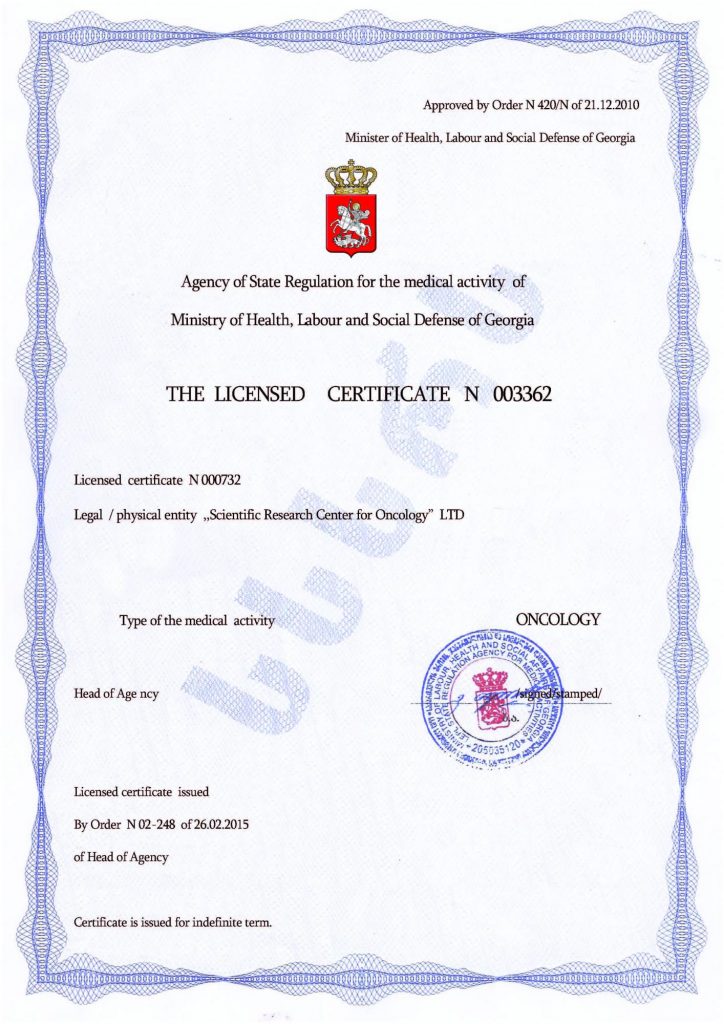Sculpting for a Child with Autism: Benefit and Joy
A Natural Passion, Not Just a Hobby
Almost all children enjoy creating figures from modeling clay. Some stick with this creative pastime for many years, and a few even become professional ceramic artists. But for children with autism, sculpting can be more than just a recreational activity — it may become a true calling, as it aligns with their sensory, cognitive, and emotional needs.
Modeling clay isn’t the only option: similar materials like clay, dough, or slime-type toys offer the same benefits. The reasons behind this interest are often consistent across all materials.
- Sensory Regulation — A Core Benefit
• Sculpting provides deep tactile stimulation. The soft and pliable texture helps calm and synchronize the sensory system. It regulates sensory overload or compensates for under-responsiveness. For children who avoid touch, it creates a safe space to gradually become accustomed to new sensations.
• Activities like kneading, rolling, and pressing give proprioceptive input (deep muscle and joint feedback), helping develop body awareness and reduce nervous system hyper-reactivity.
• Visual stimulation arises from observing shape changes and color mixing, which enhances visual perception.
• Sculpting fosters independence in sensory experiences. The child controls pressure, temperature, and texture — reducing anxiety from unpredictable external stimuli. - Development of Fine Motor Skills and Coordination
• Manipulating materials—dividing, rolling, flattening, or connecting pieces—strengthens fingers and hands.
• This also requires hand-eye coordination, a crucial skill for many everyday activities. - Predictability and Control Reduce Anxiety
• Modeling materials don’t offer unpleasant surprises—they behave predictably, unlike the chaotic nature of social interactions. This predictability builds a sense of safety and control.
• A visible, tangible result forms directly from the child’s effort, reinforcing cause and effect and boosting confidence. - Enhancing Visual-Spatial Thinking
• Many autistic individuals already have strong visual-spatial intelligence. Sculpting directly engages this strength — essential for creating 3D objects and understanding volume, proportion, and perspective.
• The activity enables internal visualizations to become external reality, especially helpful for expressing complex internal images that can’t be described verbally. - A Tool for Communication and Emotional Expression
• Sculpting serves as a nonverbal outlet for emotions and ideas. Through shape, color, and texture, autistic children can express what they may struggle to say.
• Focusing on the object, rather than direct interaction, reduces stress. Shared creativity or displaying finished pieces makes social contact more comfortable and less intense. - Repetitive Actions Offer Comfort and Focus
• Actions like rolling clay or making identical parts are inherently repetitive — helping with focus, calming anxiety, and channeling excess emotion. These behaviors, often seen as stereotypies, become socially acceptable and productive here.
• Sculpting encourages a “hyperfocus” state, where the child becomes deeply absorbed in the task — a fulfilling experience for the autistic mind. - A Structured Activity with a Clear Process
• Sculpting involves clear steps: preparing materials, shaping, adding details, and finishing. This structure lowers anxiety and increases engagement. - Interaction Without Social Pressure
• Working with inanimate materials removes the need to interpret facial expressions, tones, or hidden meanings — lowering stress and making the activity more accessible. - Cognitive Development Through Creative Engagement
• Imagination and creativity thrive, as creating figures inspires fantasy.
• Spatial thinking improves — children learn concepts like form, volume, and spatial arrangement.
• Attention span and concentration increase naturally through deep involvement in the task.
Important Considerations
Autism manifests in highly individual ways. Not every autistic child will enjoy sculpting or every material. It’s not a “childish” pastime — many autistic individuals pursue it as a lifelong hobby or even a career. Its therapeutic value is profound — supporting motor skills, communication, sensory integration, joy, and self-realization. The combination of sensory regulation, predictability, visual expression, control, and nonverbal communication makes sculpting especially powerful and enriching.
A Promising Future: The Role of Stem Cell Therapy
While sculpting provides valuable support, it doesn’t cure autism. The most effective and fast-acting treatment currently emerging is innovative stem cell therapy — a cutting-edge approach gaining international recognition.
This therapy involves transplanting stem cells, which can develop into any cell type. They replace damaged cells with healthy ones. Since the patient’s own cells are used, there’s no risk of rejection, making the procedure safe. As this method stimulates the body’s natural healing, it’s considered highly natural and efficient.
Results often appear quickly: brain and nervous system function improves, behavior stabilizes, development accelerates, and symptoms may lessen or disappear entirely. These effects are long-lasting and enhance the success of other therapies.
Leading clinics worldwide now offer stem cell therapy, including the Mardaleishvili Medical Center, where top-tier specialists with extensive experience perform these procedures. State-of-the-art equipment ensures the best possible outcomes. The clinic meets international standards for quality, reliability, and safety, while offering lower costs than similar institutions in other advanced countries.
Comprehensive support is provided — from trip planning to assistance during the rehabilitation period.
Ready to explore a creative and fulfilling life? Fill out the feedback form — stem cell therapy may be your child’s next step forward
Autism Treatment Center Videos
Autism treatment with own stem cells
Cord blood association congress
International Quality Crown
Autism Treatment Reviews
Autism treatment with own stem cells
The story of Alessandro (6 years old)
Autism Patient Testimonial - Stem Cell Treatment
Clients Testimonials

Review by Anastasia, mother of Yusup (8 years old) Read More
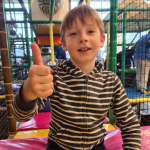
Feedback from Nathalie, mother of Andre (9 years old) Read More

Feedback from Yulia, mother of Emily (7 years old) Read More

Feedback by Everita, Katrina’s mother (5 years old) Read More
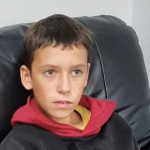
Feedback from Igor, David’s father (12 years old) Read More
